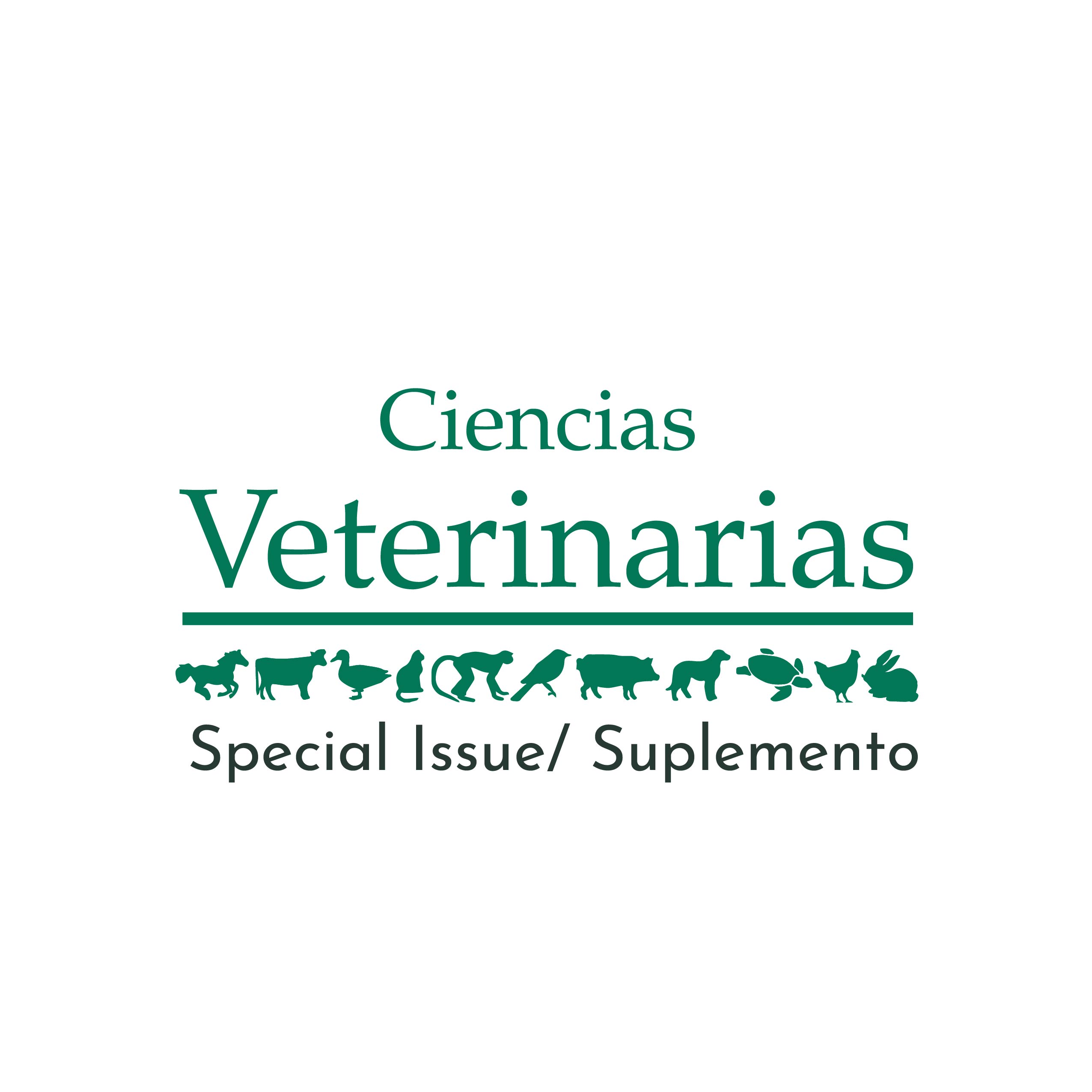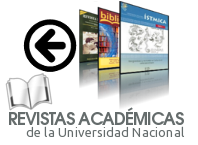Biomateriales inteligentes y avanzados para la medicina regenerativa y la ingeniería de tejidos
DOI:
https://doi.org/10.15359/rcv.37-3.8Resumen
There is great interest to develop new materials with properties that resemble those of biological systems such as hierarchical organization, the capacity to grow or self-heal, and the ability to guide complex biological processes. These kinds of materials would open opportunities to engineer tissues with a much-needed higher level of complexity and overcome major obstacles in regenerative medicine. To this end, supramolecular chemistry offers an exciting opportunity to grow such materials from the bottom-up using molecules and processes found in nature. However, the ability to transform molecular and nano-scale design into functional devices with practical utility at the macroscale remains a challenge.
The paper will describe new strategies that integrate supramolecular chemistry with engineering principles to develop practical materials with tuneable and advanced properties such as hierarchical organization, the capacity to grow, tuneable mechanical properties, and specific bioactivity (Inostroza-Brito et al. 2015; Aguilar et al. 2017; Elsharkawy et al. 2018; Hedegaard et al. 2018). These materials are being used towards new regenerative therapies of tissues such as enamel, bone, and blood vessels as well as creating more biologically relevant in vitro models.
Referencias
Aguilar, J.P., Lipka, M., Primo, G.A., Licon-Bernal, E.E., Fernández-Pradas, J.M., Yaroshchuk, A., Albericio, F. & Mata, A. 2017. 3D Electrophoresis-Assisted Lithography (3DEAL): 3D molecular printing to create functional patterns and anisotropic hydrogels. Adv. Funct. Mater. 28(15): 1703014. DOI: 10.1002/adfm.201703014
Elsharkawy, S., Al-Jawad, M., Pantano, M.F., Tejeda-Montes, E., Mehta, K., Jamal, H., Agarwal, S., Shuturmiska, K., Rice, A., Tarakina, N.V., Wilson, R.M., Bushby, A.J., Alonso, M., Rodríguez-Cabello, J.C., Barbieri, E., Hernández, A.d.R., Stevens, M.M., Pugno, N.M., Anderson, P. & Mata, A. 2018. Protein disorder-order interplay to guide the growth of hierarchical mineralized structures. Nat. Commun. 9(2145): 1-12. DOI: 10.1038/s41467-018-04319-0
Hedegaard, C.L., Collin, E.C., Redondo-Gómez, C., Nguyen, L.T.H., Ng, K.W., Castrejón-Pita, A.A., Castrejón-Pita, J.R. & Mata, A. 2018. Hydrodynamically guided hierarchical self-assembly of peptide-protein bioinks. Adv. Funct. Mater. 28(16): 1703716. DOI: 10.1002/adfm.201703716
Inostroza-Brito, K.E., Collin, E., Siton-Mendelson, O., Smith, K.H., Monge-Marcet, A., Ferreira, D.S., Rodríguez, R.P., Alonso, M., Rodríguez-Cabello, J.C., Reis, R.L., Sagués, F., Botto, L., Bitton, R.,
Azevedo, H.S. & Mata, A. 2015. Co-assembly, spatiotemporal control and morphogenesis of a hybrid protein-peptide system. Nat. Chem. 7(11): 897-904. DOI: 10.1038/nchem.2349
Descargas
Publicado
Cómo citar
Número
Sección
Licencia
Licenciamiento de los artículos
Todo artículo se publicará con una licencia:

Licencia Creative Commons Atribución-NoComercial-SinDerivadas 3.0 Costa Rica.
El acceso a esta revista es gratuito, solo se debe citar en forma completa el artículo y la revista.
Los derechos de propiedad intelectual son del autor. Una vez aceptado el artículo para su publicación el autor cede a la Revista los derechos de reproducción.
La Revista de Ciencias Veterinarias autoriza la impresión de artículos y fotocopias para uso personal. También, se promueve el uso para fines educacionales. Especialmente: instituciones podrán crear enlaces a artículos específicos que se encuentren en el servidor de la revista a fin de conformar paquetes de cursos, seminarios o como material de instrucción.
El autor puede colocar una copia de la versión definitiva en su servidor aunque se recomienda que mantenga un enlace al servidor de la revista donde está el artículo original.
Las violaciones de propiedad intelectual recaen sobre quien la realizó. No es responsable la empresa o institución que da acceso a los contenidos, ya sea porque actúa sólo como transmisora de información (por ejemplo, proveedores de acceso a Internet) o porque ofrece servicios públicos de servidores.







